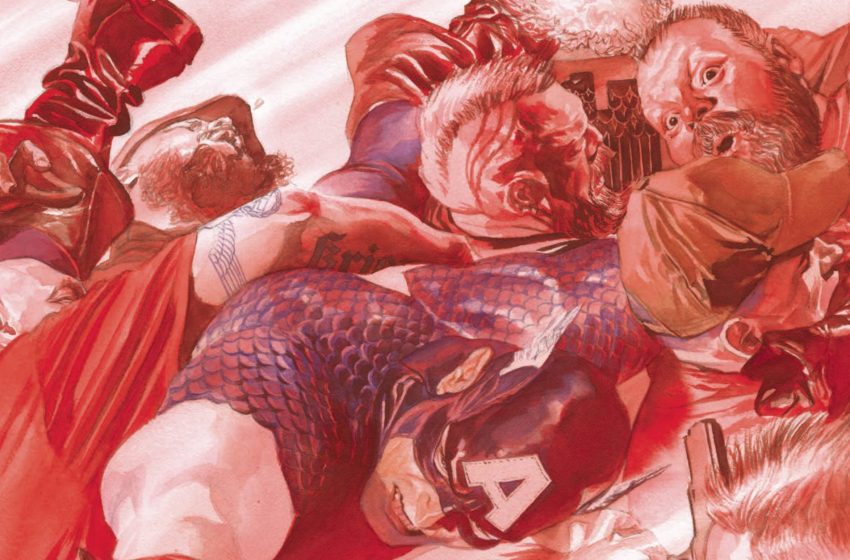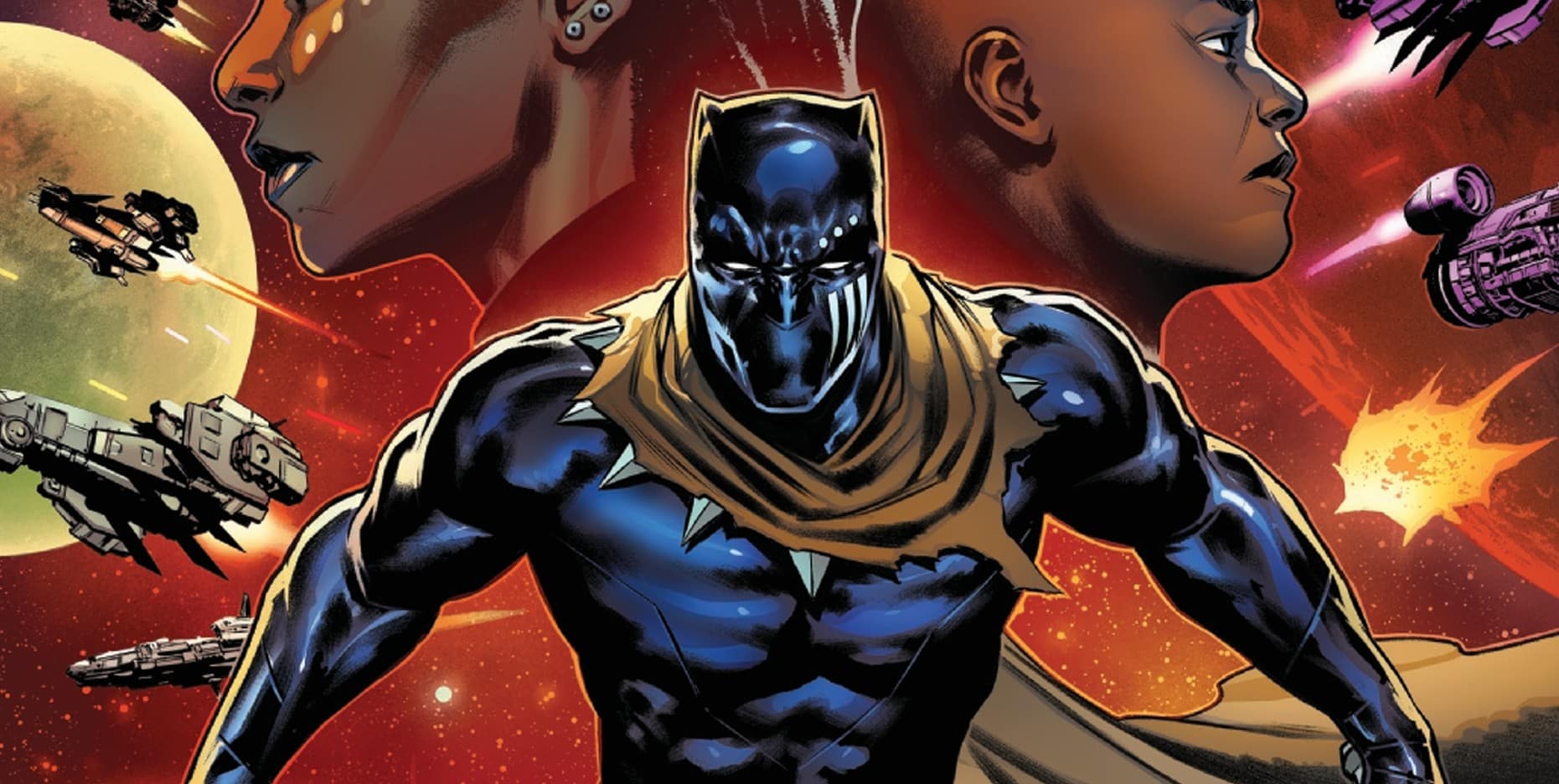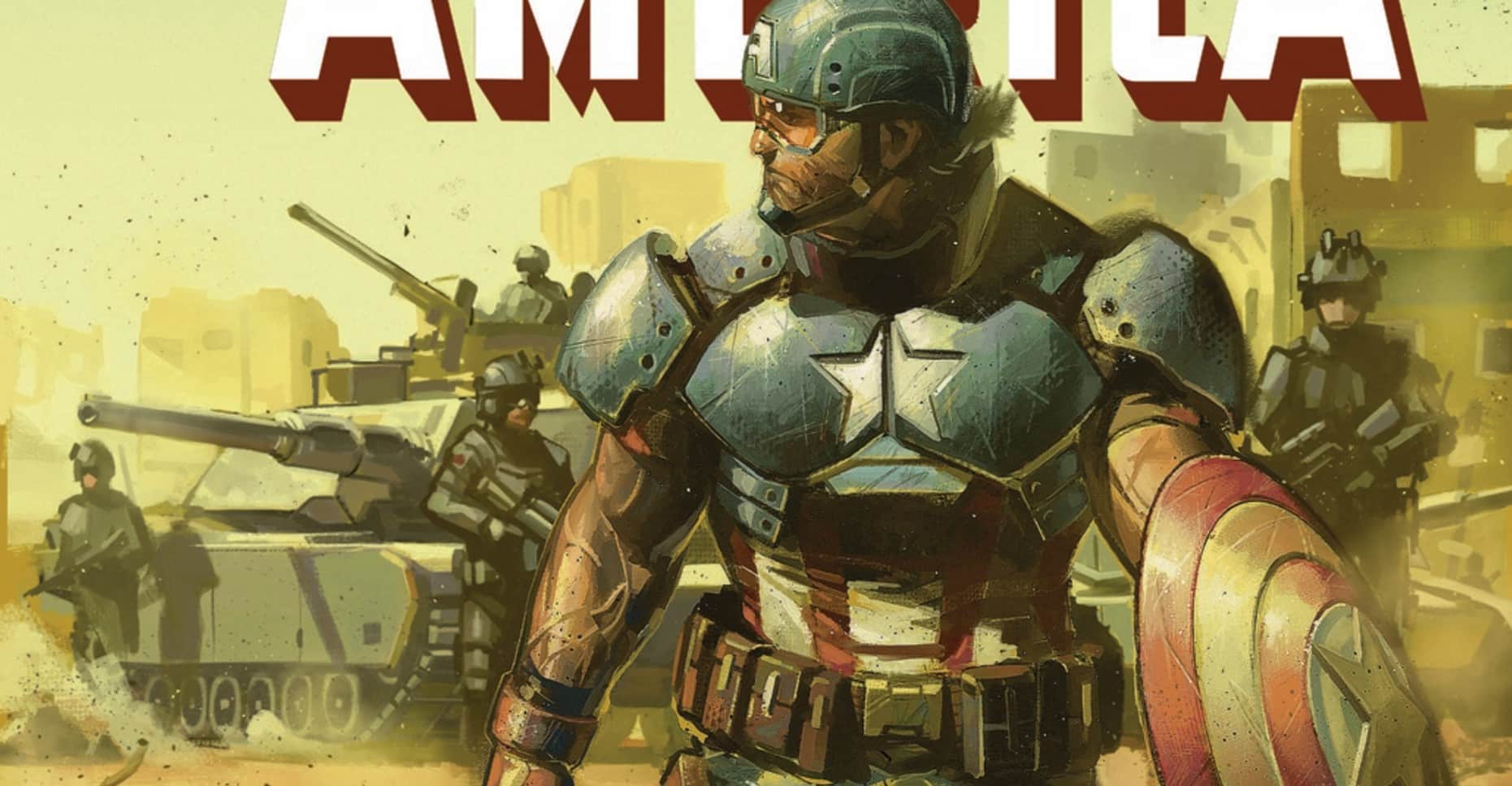Captain America struggles against the Power Elite while trying win back the people in Captain America #27 written by Ta-Nehisi Coates, art by Leonard Kirk, colors by Matt Milla, and letters by Joe Caramagna.
“Oh my man, sometimes I forget the world that made you, and how bewildering this one must be. So many more people now, all of their opinions. No more Rushmores, no more wise men. But I gotta say, I think that’s a good thing, because the truth is that it was always another country.
It’s just that now you can see it.” – Sharon Carter
I spent January 6th transfixed on my phone, doomscrolling update after update as violent, proto-facist insurgents stormed the halls of “democracy,” waving the flag of treason, demanding their will be imposed over that of the people. My people.
Me.
I was scared. Angry. Frustrated. But I was not surprised. No one paying attention could have been; no one raised under the spectre of American racism should have been. I said as much then. We all saw it coming, Coates in particular. This was predictable. This was inevitable.
Captain America #27 finds the titular hero speaking as the voice of America’s soul – not as it is, but as it aspires to be. He’s conciliatory, empathetic, and assured in the right confronting these wrongs will bring.
But the people don’t want to hear this.
Right wing radio hosts mock him. This mocking leads to an assemblage of right-wing extremists, including the very people Cap tried to free, now aligning under the moniker of the very person (Selene) who exploited their insecurities before trying to kill them.
Does art imitate life, or does life imitate art?
(Of the art: Leonard Kirk does a much better job of detailing facial expressions than he does detailing action. Usually I would take issue with this, but given the context of this issue, it works well; it’s necessary.)
The mob of extremists, angrily marching in a public square, are held back by an overwhelmed Cap and newly powered Sharon Carter, ultimately get maimed by a well placed IED. Cap, who was there to protect the people, gets blamed for the actions of the people by a fully reincarnated Red Skull.
Facism, it seems, never dies.
As allegories and pastiches go, the characters and writing can feel a bit on the nose. The parallels drawn are clear – maybe too clear. The actions and outcomes are predictable, and predictability, in writing, is a problem.
And yet.
There is no way this was written last month. These words and ideas are months old at the least; centuries old in practice. That these actions, these feelings of righteous resentment and manipulated maimings, could be so accurately transcribed before they scrolled down my Twitter feed?
*That* predictability is a problem (and may be why the issue’s release was delayed.)
Yes, the flow of this comic has been at times frustrating: too much dialogue, too little action. Yet that dialogue continues to be precedent. the indignation of this country’s burgeoning fascists continues to threaten the fabric of our nation. Coates chronicles, almost telepathically through this comic, the consequences of a nation torn asunder.
I’m pretty sure I know how the run will end. Heroes have to win, eventually. That’s why we read: for inspiration, for guidance, for an escape. I’m just scared that the escape we find in fantasy will, for the first time during this run, be a bridge too far for reality to follow.
But at least our Red Skull can’t tweet anymore.
A proud New Orleanian living in the District of Columbia, Jude Jones is a professional thinker, amateur photographer, burgeoning runner and lover of Black culture, love and life. Magneto and Cyclops (and Killmonger) were right. Learn more about Jude at SaintJudeJones.com.






